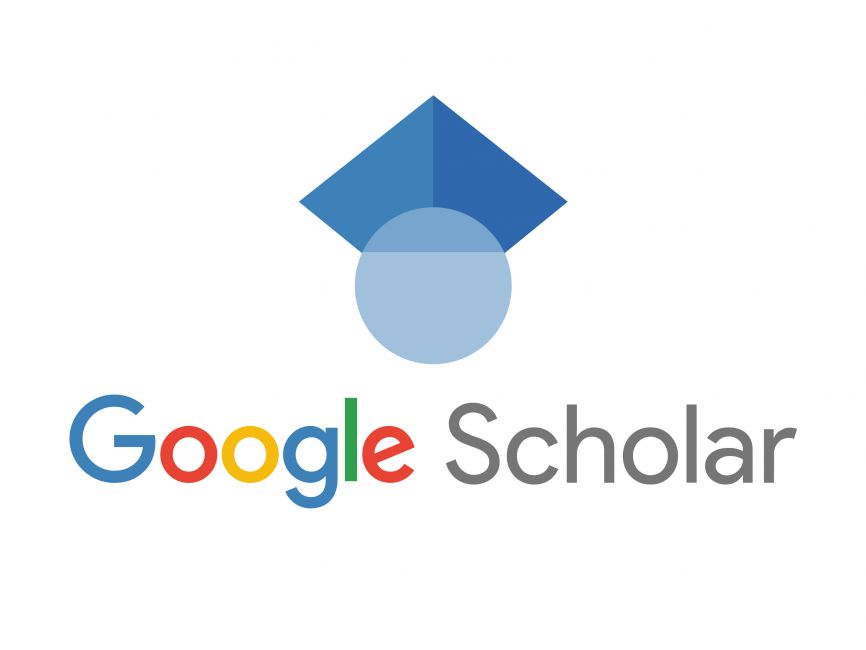Implementasi Nilai-Nilai Prophetic Untuk Membentuk Karekter Siswa SMA Negeri 7 Yogyakarta
DOI:
https://doi.org/10.59012/jsb.v1i3.6Keywords:
Prophetic Philosophy; Prophetic Education; Prophetic Values; CharacterAbstract
The purpose of this study is to determine the character building of students of SMA Negeri 7 Yogyakarta through the application of prophetic values. The researcher's approach is descriptive-qualitative. Data sources are obtained from primary data sources, namely 1) in-depth interviews with the principal, deputy head of curriculum, religion teacher, counseling guidance teacher, student council chairman and Rokhis chairman; 2). Observation, namely directly observing student character building activities using prophetic values; and secondary data sources, namely the results of reports on religious activities and character building. The results of the study explain that the application of prophetic values in SMA Negeri 7 Yogyakarta shapes student character: 1) Building a 5S culture (smiling, greeting, polite and courteous); 2) Building IMTAQ (Faith and Taqwa) culture; and 3) application of prophetic values (in learning activities and projects).
References
A. Young Pedersen, R. Toft Nørgaard, and C. Köppe, “International Forum of Educational Technology & Society Patterns of Inclusion: Fostering Digital Citizenship through Hybrid Education,” Source J. Educ. Technol. Soc., vol. 21, no. 1, pp. 225–236, 2018.
D. N. Khotimah, “Implementasi Program Penguatan Pendidikan Karakter (PPK) Melalui Kegiatan 5s Di Sekolah Dasar,” Ilmia Pendidik., vol. 2, no. 1, pp. 28–31, 2019.
Y. B. Setyadi et al., “Penerapan Budaya 5S sebagai Penguatan Pendidikan Karakter Siswa di MTs Muhammadiyah 9 Mondokan, Sragen,” Bul. KKN Pendidik., vol. 1, no. 2, pp. 70–76, 2020, doi: 10.23917/bkkndik.v1i2.10774.
UU RI, “Undang-Undang Republik Indonesia No 2 Tahun 1989 Tentang Sistem Pendidikan Nasional,” 1989.
Kuntowijoyo, Paradigma Islam: Interpretasi untuk Aksi. Bandung: Mizan, 1991.
Kuntowijoyo, Ilmu Sosial Profetik Sebagai Gerakan Intelektual. Akademi Kajian Ketamaduan, 2005.
S. Mahmudah, “Islamisme: Kemunculan Dan Perkembangannya Di Indonesia,” Aqlam J. Islam Plur., vol. 3, no. 1, pp. 1–16, 2018, doi: 10.30984/ajip.v3i1.628.
Kuntowijoyo, Islam Sebagai Ilmu Epistemologi, Metodologi, dan Etika. Yogyakarta: Tiara Wacana, 2008.
Kuntowijoyo, Islam sebagai Ilmu. Jakarta: Teraju, 2005.
A. Islamy and N. Istiani, “Aktualisasi Nilai-nilai Profetik dalam Pendidikan Keluarga di Tengah Pandemi Covid-19,” Mawa’Izh J. Dakwah Dan Pengemb. Sos. Kemanus., vol. 11, no. 2, pp. 29–46, 2020, doi: 10.32923/maw.v11i2.1460.
H. Haddade, “Dimensi profetik nabi muhammad saw. dalam berdakwah (analisis terhadap QS. Al-ahzab/33:45-46),” Tafsere, vol. 8, p. 5, 2020.
M. Fadhl, “Internalisasi Nilai-Nilai Kepemimpinan Profetik Dalam Lembaga Pendidikan Islam,” At-Ta’dib J. Ilm. Pendidik. Agama Islam, vol. 10, no. 2, pp. 116–127, 2018, [Online]. Available: https://www.ejournal.staindirundeng.ac.id/index.php/tadib/article/view/169/114.
Z. Syarif, “Pendidikan Profetik Dalam Membentuk Bangsa Religius,” Tadrîs Vol. 9 Nomor 1 Juni 2014, vol. 9, no. 1, pp. 1–16, 2014.
S. A. Makruf and I. Puspitasari, “The Effect of Islamic Family Education on Early Childhood’s Prophetic Character,” J. Early Child. Care Educ., vol. 4, no. 1, pp. 12–21, 2021, doi: 10.26555/jecce.v4i1.3891.
S. A. Makruf, “Urgensi Kepemimpinan Profetik dalam Mewujudkan Masyarakat Madani,” Ta dib J. Pendidik. Islam, vol. 6, no. 2, pp. 242–254, 2017, doi: 10.29313/tjpi.v6i2.3169.
C. Cruz-gonzález, C. L. Rodríguez, J. D. Segovia, J. Mula-falcón, and T. Com, “Educational Organization and Leadership,” Int. J. Educ. Organ. Leadersh., vol. 28, no. 2, 2021, doi: https://doi.org/10.18848/2329-1656/CGP/v28i02/97-106.
M. Watson, L. Daly, G. Smith, and C. Rabin, “Building a Classroom Community That Supports Students’ Social/Moral Development,” Teach. Educ. Q., vol. 46, no. 4, pp. 10–30, 2019, [Online]. Available: https://www.jstor.org/stable/10.2307/26841574.
J. K. Young, “Characters as Works and Versions,” vol. 14, no. 1, pp. 230–241, 2021, doi: 10.14434/tc.v14i1.32830.
J. L. Villac, “Good Character at College : The Combined Role of Second-Order Character Strength Factors and Phronesis Motivation in Undergraduate Academic Outcomes,” 2021.
E. G. Finnegan, A. L. Accardo, E. G. Finnegan, and A. L. Accardo, “Understanding Character Perspect Strategies to Support Students Wit Autism Spectrum Disorder,” vol. 72, no. 1, pp. 71–80, 2023, doi: 10.1002/trtr.1682.
G. Seijts, J. A. Espinoza, and J. Carswell, “Utility Analysis of Character Assessment in Employee Placement,” vol. 41, no. 5, pp. 703–720, 2020, doi: 10.1108/LODJ-07-2019-0314.
M. Kim and D. Choi, “Development of Youth Digital Citizenship Scale and Implication for Educational Setting Published by : International Forum of Educational Technology & Society Development of Youth Digital Citizenship,” J. Educ. Technol. Soc., vol. 21, no. 1, pp. 155–171, 2018, [Online]. Available: https://www.jstor.org/stable/pdf/26273877.pdf?refreqid=excelsior%3A30b1e387ca8979eaa112f13a6d54638a.
V. Agosto and E. Roland, “Intersectionality and Educational Leadership: A Critical Review,” Rev. Res. Educ., vol. 42, no. 1, pp. 255–285, 2018, doi: 10.3102/0091732X18762433.
Downloads
Published
How to Cite
Issue
Section
License
Copyright (c) 2023 Journal of Society Bridge

This work is licensed under a Creative Commons Attribution-ShareAlike 4.0 International License.
License
Journal of Society Bridge is licensed under an Attribution-ShareAlike 4.0 International (CC BY-SA 4.0) license. You are free to:
- Share — copy and redistribute the material in any medium or format
- Adapt — remix, transform, and build upon the material for any purpose, even commercially. This license is acceptable for Free Cultural Works.
The licensor cannot revoke these freedoms as long as you follow the license terms.
- Attribution — You must give appropriate credit, provide a link to the license, and indicate if changes were made. You may do so in any reasonable manner, but not in any way that suggests the licensor endorses you or your use.
- ShareAlike — If you remix, transform, or build upon the material, you must distribute your contributions under the same license as the original.
- No additional restrictions — You may not apply legal terms or technological measures that legally restrict others from doing anything the license permits.
Copyright
Authors who publish with this journal agree to the following terms:
- Authors retain copyright and grant the journal right of first publication with the work simultaneously licensed under an Attribution-ShareAlike 4.0 International (CC BY-SA 4.0) that allows others to share the work with an acknowledgment of the work's authorship and initial publication in this journal.
- Authors are able to enter into separate, additional contractual arrangements for the non-exclusive distribution of the journal's published version of the work (e.g., post it to an institutional repository or publish it in a book), with an acknowledgment of its initial publication in this journal.
- Authors are permitted and encouraged to post their work online (e.g., in institutional repositories or on their website) prior to and during the submission process, as it can lead to productive exchanges, as well as earlier and greater citation of published work (See The Effect of Open Access).





